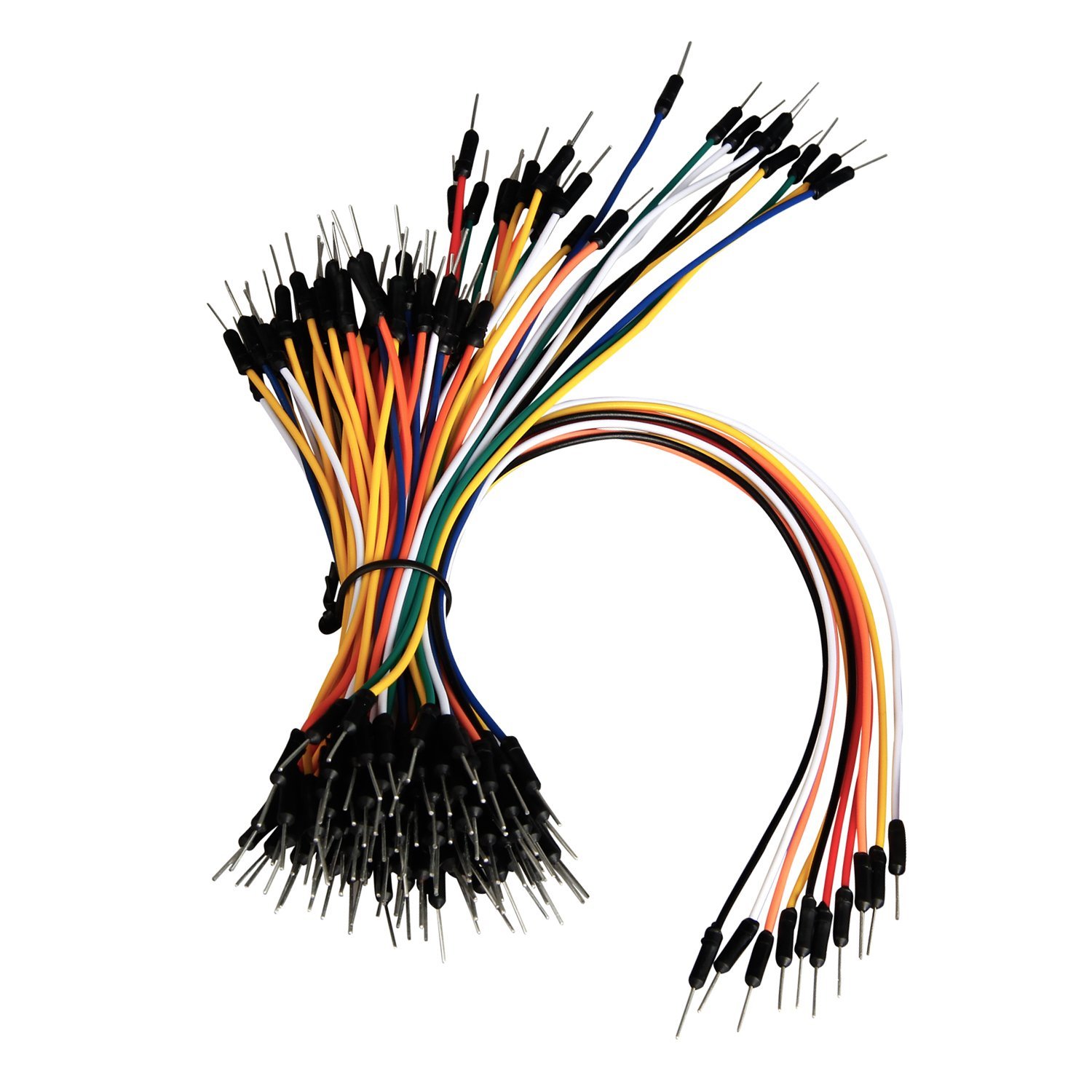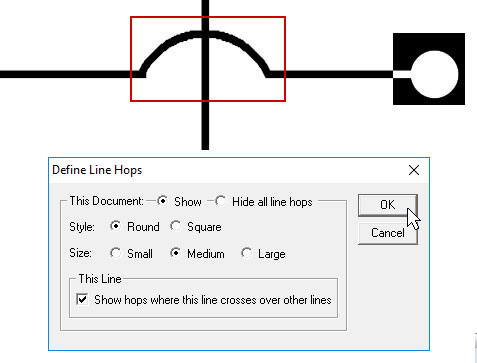
- #Wires crossing without making a connection logicworks generator#
- #Wires crossing without making a connection logicworks plus#
- #Wires crossing without making a connection logicworks free#
Provides a more precise and less variable splice method requiring fewer operator skills, while allowing the wire grounding process to be moved to the final assembly step Rated at 105˚C operating temperature and available in a variety of circuit sizes and configurations is what makes this system ideal for general market applications
#Wires crossing without making a connection logicworks plus#
Micro-Lock Plus Wire-to-Board Connector Systemĭelivers high performance and reliability in a compact size available in vertical and horizontal configurations for design flexibility and color coding to aid assemblyĪ space saving, high-density connector system based on a 2.00-by-2.00mm grid pattern that offers complete design flexibility
#Wires crossing without making a connection logicworks generator#
Then if they can't keep up to the power demand, your hydrogen generator can kick on, then your next set of gens, etc.Offers a balance of performance, size and affordability So you can use natural gas first because you got good geysers. When compared to the other similar builds using regular wire instead of heavy watt, this one allows you to choose which generators come on when. This all works because batteries can't overload wires. You use regular wire where you would normally use heavy watt. You use a "transformer flipper" where you would normally use a smart battery for your generators. You use battery flippers where you would normally use transformers. And then it can't handle over 50kW of power.

And it's a lot more expensive and time consuming to build than regular wire. Heavy watt is ugly, right? And a pain in the butt to get around because it can't be run in walls and needs joint plates. I did a search before and couldn't find anyone else doing this, but those guys remember everything and a lot of them are freaking brilliant. My thoughts exactly, so I also posted there when I posted here ( ). (I'm actually considering showing my test setup in a quick follow-up video because I figure someone will question me on it) I've tested it up to 200kW and didn't have any power loss due to over charging as well (iirc that was with the 90% upper toggle setting, that way there was a little bit of buffer). As much as you see it toggling in the video is about all the more it ever does, even in a large one, and I'd subjectively say it toggles less in a large one, but it's difficult to keep track of the range in variation and I can't guarantee it'll be that way for all large setups. Yes it's quite stable even with large power grids. Even though this has already been up for a month now, top level comments (and replies to any of my comments, as well as tagging u/Gamers_Handbook like this) still come to my inbox and I've been responding to them.
#Wires crossing without making a connection logicworks free#
If anyone still has any questions, feel free to continue posting them below. The first video is here (Starts at ~4:40) and the second video is here. Unfortunately my rural ISP isn't the most reliable, so it's split up over two videos. So I tried out YouTube's livestream feature for the first time doing just that.

I know I’ve told several of you I was actively working on this quite a while ago it just took a whole lot longer to test than anticipated! lolĮdit: My thread on the official forums has an EXCELLENT alternative explanation for those already familiar with regular wire power systems done by Tofof, so if you find the topic confusing, hop over there and see if that helps clarify anything: Įdit2: Some people were asking for a more long form video explaining the design and showing it built by dupes.

I hope you guys can get as much benefit out of it as I do. I tested this design like crazy (including up to 200W and using it in my most recent playthrough) and I love it. I no longer have to concern myself with heavy watt wire’s: crappy decor, inability to go through walls without a joint plate, and 50 Watt maximum. My power grid design uses a “transformer flipper” (aka battery switcher with transformers) to provide the same functionality a smart battery does for the standard heavy watt backbone.

So, I set to work coming up with my own design and then thoroughly tested it. I wanted the same functionality as a heavy watt backbone: Smart batteries to turn generators on and off automatically, synced smart batteries so I can set which generators turn on first, the ability to place my generators wherever I want instead of a central location, no battery bank, and using a single wire. I couldn’t find a design that was to my liking though. Ever since I saw u/tonyadvancedoni ‘s video several months ago ( ), I’ve been very intrigued by regular wire power grids. I’m super excited to finally share this design I’ve been working on it for a very long time.


 0 kommentar(er)
0 kommentar(er)
